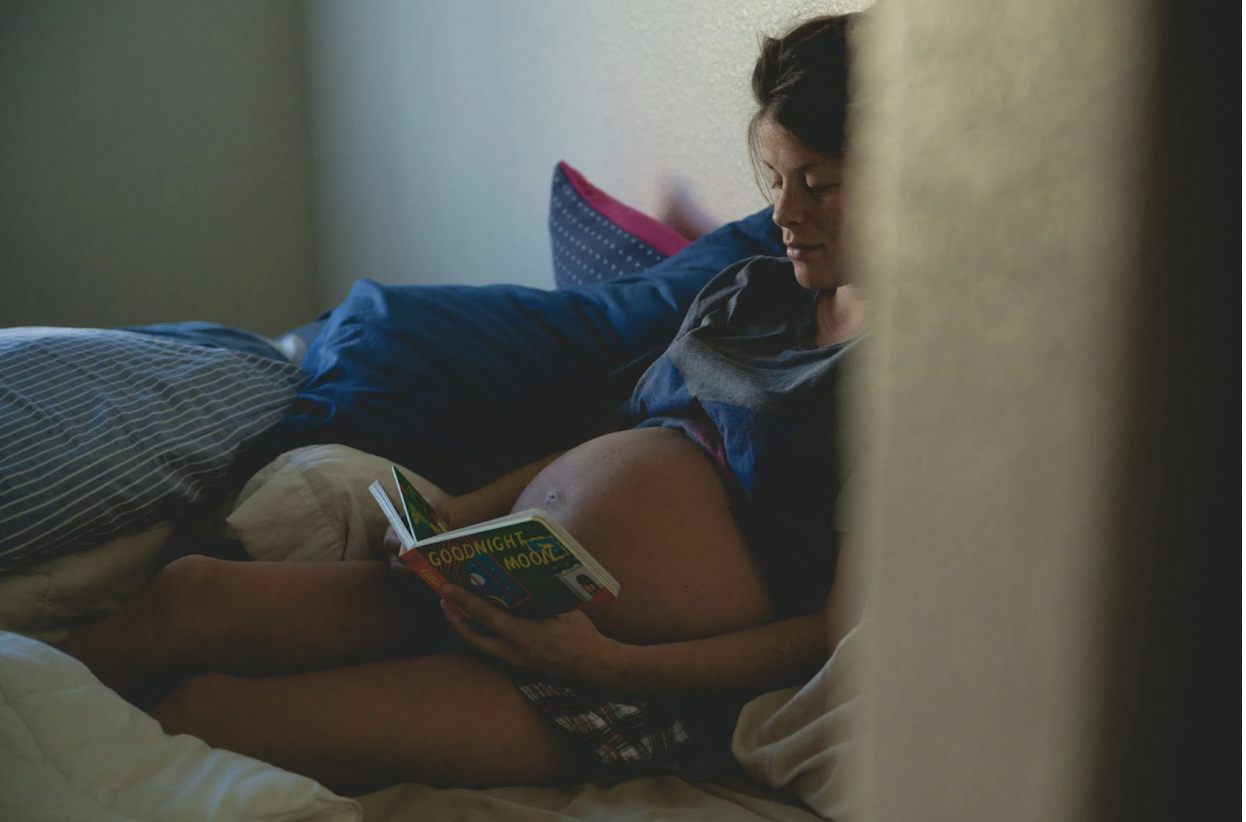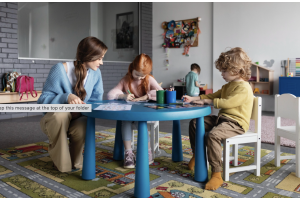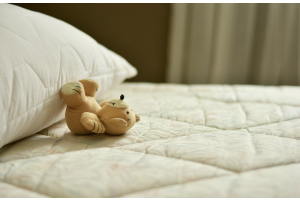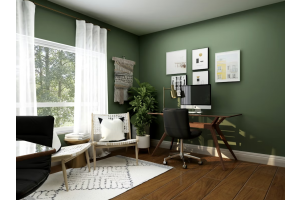What to Know About Indoor Climate When Caring for a Newborn

The arrival of a newborn brings joy and excitement, but responsibility as well. One of the critical responsibilities new parents must consider is ensuring a comfortable indoor environment for their baby. The indoor climate can significantly impact a newborn’s health, comfort, and sleep patterns. Parents should pay close attention to temperature, humidity, air quality, and any potential allergens in the home. This article highlights essential aspects of managing indoor climate when caring for a newborn.
Understanding Ideal Temperature
Maintaining an ideal temperature is crucial for a newborn’s comfort and safety. The American Academy of Pediatrics recommends keeping the room temperature between 68 and 72 degrees Fahrenheit. Babies cannot regulate their body temperatures as effectively as adults, making them more sensitive to extremes in heat and cold. A room that is too warm can increase the risk of sudden infant death syndrome (SIDS). Parents should monitor the temperature, ensuring it remains within the recommended range.
Using a digital thermometer in the nursery allows parents to track temperature changes effectively. Parents should dress their babies in light layers and use lightweight blankets for additional warmth if needed. Parents can utilize a fan to improve air circulation if the room feels stuffy. If the air conditioning system is not functioning correctly and the AC not cooling below 75 degrees, it creates an uncomfortable environment. It is important to address this issue promptly.
Humidity Control
Humidity levels play an essential role in maintaining a healthy indoor environment. Ideal humidity levels for a nursery should range between 40% and 60%. The right humidity helps to prevent dryness and irritation of the skin and respiratory tract. When humidity is too low, it can lead to dry skin, chapped lips, and even contribute to respiratory issues. In contrast, high humidity can promote mold growth and dust mites, which are harmful allergens for babies.
Parents can use a hygrometer to measure the humidity level in the nursery effectively. If humidity levels are too low, using a humidifier can help restore moisture in the air, ensuring comfort for the newborn. Conversely, dehumidifiers can help when levels are excessively high, preventing potential health issues linked to excessive moisture.
Air Quality Considerations
Air quality is a crucial aspect of the indoor climate, particularly when it comes to infants. Babies have smaller lungs and breathe faster than adults, making them more vulnerable to poor air quality. Common indoor pollutants include dust, pet dander, smoke, and volatile organic compounds (VOCs) from furniture and paints. Regular cleaning and vacuuming can help reduce dust and allergens in the nursery environment.
Using air purifiers equipped with HEPA filters can significantly improve indoor air quality by trapping airborne particles and irritants. Parents should avoid smoking indoors, as cigarette smoke can linger in the air and pose severe health risks to infants. Keeping windows open for adequate ventilation can be beneficial when the weather permits, allowing fresh air to circulate in the room.
Sleep Environment Safety
Establishing a safe sleep environment is paramount for the well-being of a newborn. Parents need to be aware of the risks associated with unsafe sleep practices, including the potential for SIDS. The baby should always be placed on their back to sleep, on a firm mattress, without soft bedding or toys surrounding them.
Maintaining a consistent sleep routine contributes to better sleep quality for both infants and parents. With the right indoor climate, including the correct temperature and humidity, babies are more likely to sleep soundly through the night. Regularly checking on the baby during sleep can ensure they are safe and comfortable, addressing any issues that may arise.
Keeping Track of Allergens and Irritants
Reducing allergens and irritants in the nursery can protect infants from respiratory issues. Parents should be mindful of common household allergens, including dust mites, pet dander, mold, and pollen. Minimizing clutter in the nursery helps reduce dust accumulation. Washing bedding, blankets, and other fabrics in hot water can eliminate dust mites.
Using hypoallergenic bedding can decrease the presence of allergens in the baby’s sleeping space. It’s advisable to keep pets out of the nursery to minimize exposure to pet dander. Regular cleaning and maintenance of the home's heating and ventilation systems are essential to ensure that airborne allergens are adequately filtered.
The Role of Light and Noise
Light and noise significantly impact a newborn’s sleep quality. Babies thrive in dim, quiet environments that can help them recognize day and night. Parents can blackout curtains to block out sunlight during daytime naps and minimize disruptions from external light sources.
White noise machines can help drown out sudden sounds that might startle or wake a sleeping baby. It's essential to find the right balance, as excessive noise can have adverse effects. Gradually introducing variations in light and sound can help the baby adapt to natural patterns over time, allowing for a better day-night cycle.
By understanding elements such as temperature, humidity, air quality, and sleep safety, parents can create a nurturing space for their new child. Monitoring and addressing issues related to indoor climate helps ensure comfort and protects infants from potential health risks. Understanding these factors can ease the transition to parenthood, allowing new parents to enjoy every moment with their little one.






